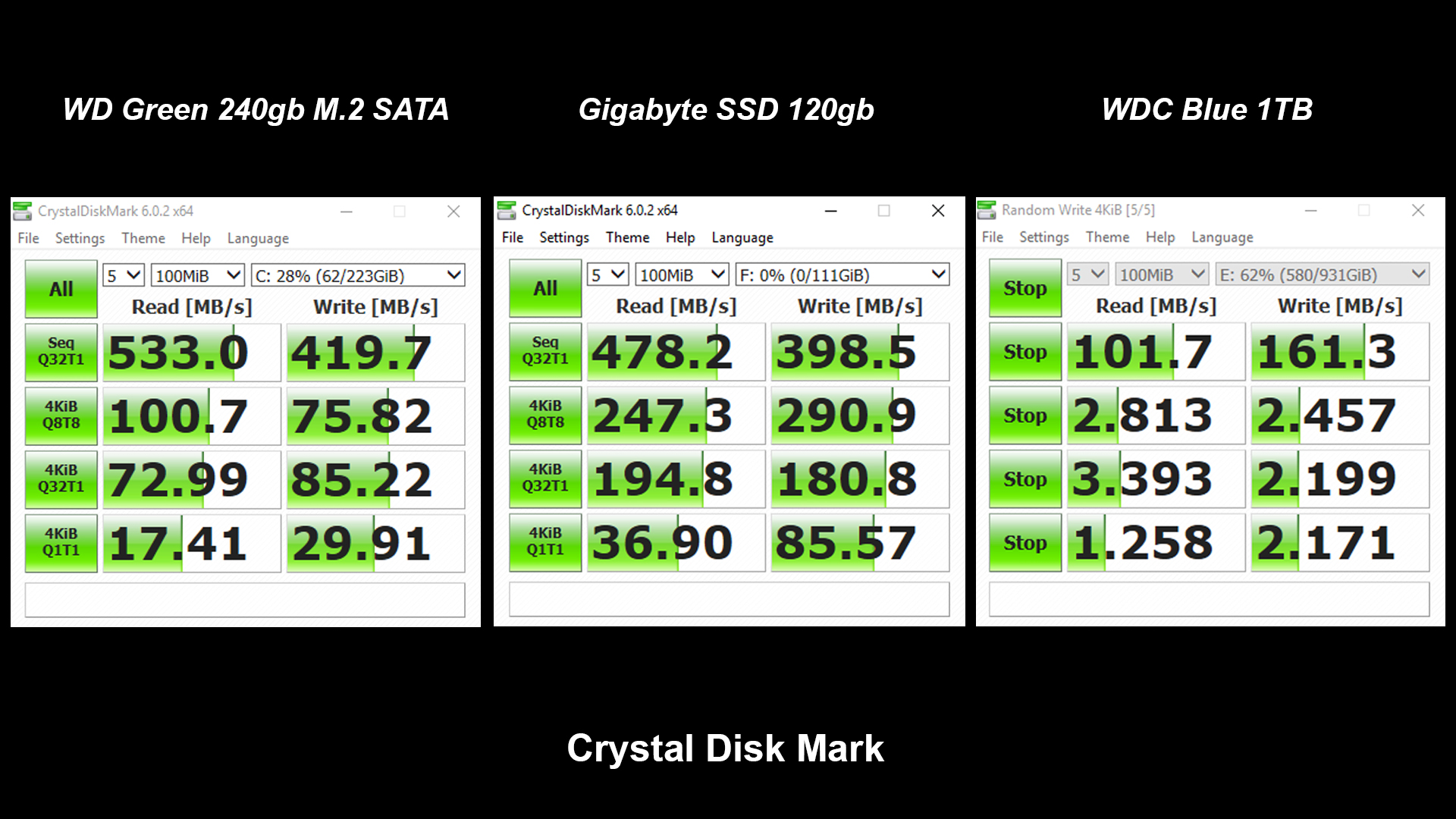

"It has been shown that there are bright, complex organic molecules present in the coldest and densest parts of planet-forming disks," Calahan said.

Jenny Calahan, a doctoral student in astronomy and first author of the paper, which appears in Nature Astronomy, said the discovery was part happy accident, part building on previous work. Haystack Observatory also gratefully acknowledges the continuing support of the NASA/GSFC High-End Network Computing Group for consultation on high-performance COTS hardware that have greatly helped in the development of Mark 6.New research from the University of Michigan Department of Astronomy suggests that chemistry in late-stage planet development is fueled by ultraviolet rays, rather than cosmic rays or X-rays, and this new understanding provides a chemical signature that helps researchers trace exoplanets back to their cosmic nurseries in the planet-forming disks. Prototype Mark 6 systems are routinely in use for VGOS development work using the Westford Observatory and NASA/GGAO Observatory. and front panel Mark 6 systems use the same bare chassis as Mark 5, and existing Mark 5 chassis are upgradeable to Mark 6 compatibility by replacing all electronic components. Existing Mark 5 SATA modules are upgradeable to Mark 6 compatibility with an upgrade kit consisting of a new module backplane with a new high-reliability power connector at the rear and a new front panel with connections for two SAS2 data cables. In order to preserve as much investment as possible in existing Mark 5 systems and disk modules, Haystack Observatory is collaborating with Conduant Corporation in the design of the Mark 6 chassis and modules all software has been developed by Haystack Observatory. Playback as standard Linux files using FUSE interface.Upgrade existing Mark 5 SATA modules with upgrade kit from Conduant.Purchase Mark 6 disk modules (with or without disks).Upgrade your existing Mark 5 system to Mark 6.Purchase full Mark 6 16Gbps system from Conduant Corp.Extensive stress testing in real-world operational environment.Existing Mark 5 SATA disk modules easily upgradeable to Mark 6.Preserve as much investment in existing Mark 5 systems as possible.Playback support on DiFX correlator for VDIF and Mark 5B data formats.Scatter/gather file system to manage slow and/or failed disks.Haystack-supported fully open-source software (C and Python)-see below.Linux OS (Debian Squeeze 6.0.3 and CentOS 7).Easily upgradeable hardware on Moore’s Law curve.Based on inexpensive high-performance COTS hardware.Supports up to four 8-disk modules for recording/playback.See also the Haystack Mark 6 Memo Series. The Mark 6 system, developed by Haystack Observatory, is a 16 Gbps next-generation disk-based VLBI data recording system based on high-performance commercial off-the-shelf (COTS) hardware and open-source software.


 0 kommentar(er)
0 kommentar(er)
